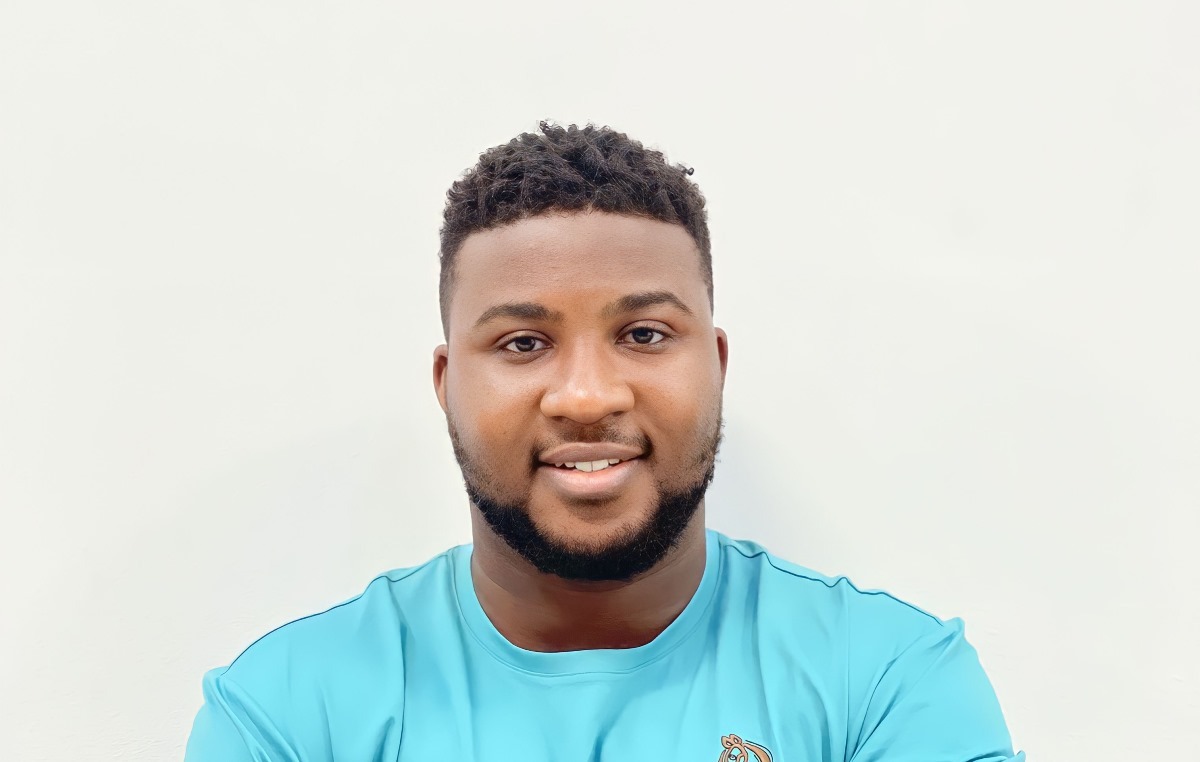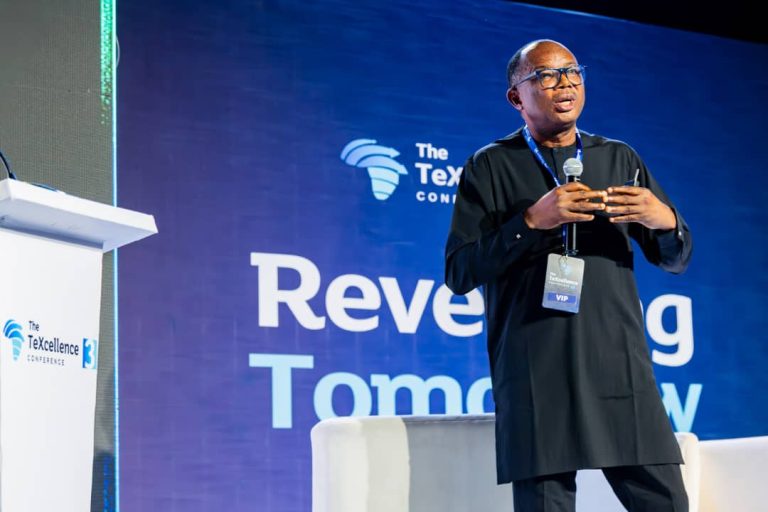Looking at Nigeria’s Art and Design History with the spectacles of AI today

Nigerian design has long been shaped by the country’s rich artistic traditions and crafts.
From vibrant textiles to intricate bronze, wood, and ivory carvings, Nigerian artisans have crafted functional objects that display a flare for ornamentation, pattern, and detail.
Elaborately crafted terracotta and bronze sculptures, as well as ornate iron weapons, were the product of skilled artisans during the mediaeval Nok and Benin era starting around 500 BC. Traditions of glassmaking with intricate shapes and patterns stretch back to the 1400s. The aesthetics of Nigerian design are still influenced by these antiquated crafts and customs.
With increased global trade during the colonial and post-independence eras, Nigerian designers blended international influences with local motifs. The Mbari Artists and Writers Club, founded in the early 1960s, promoted contemporary Nigerian visual, literary, and performance arts showcasing them on an international stage.
Today, Nigeria’s design scene encompasses everything from fashion and architecture to product design and the graphic arts. Both the new and long-established artists and designers draw from Nigeria’s cross-cultural legacy to create innovative works fusing modern, traditional, academic, and indigenous elements. The results are dynamic new design approaches that continue to win global acclaim.
Nigerian artists and designers were been born with unique aesthetic perspectives, and inventive cultural flair, which enable them to remix traditional and contemporary influences.
And then the proliferation of technology and the internet birthed an even more vibrant art and design scene which has empowered the creation of all manner of products, artefacts, activities, events, and companies even while boosting the livelihoods of millions of people. Lives have been practically changed in the past two decades alone.
Think visual culture artists, character designers, 3D digital sculptor artists, animators, UI/UX / graphic designers, body art symbolism creators, traditional and digital artists, and those who make music videos, local mythology/folk stories or games, to mention but a few. All of these groups have honed their skills over years of trying, failing, sweating and learning, mastering skills and tools along the way to deliver incredible value of economic importance.
All have been great until now. The explosion of Artificial Intelligence poses a potential risk to all of these achievements. For example, the use of AI to generate original images, art, and design work has exploded in recent years. DALL-E 2, Midjourney, Stable Diffusion, Jasper, Canva and other new models today can create remarkably detailed and creative images from text prompts alone thanks to advances in deep learning. Now everyone who can type a text can produce illustrations, product renderings, architectural visualizations, app icons, book covers, fashion sketches, and more with photo-realistic qualities.
Imagine producing stunning CGI renderings of traditional masks and historical artefacts, hyper-realistic photos of people performing certain activities, and even paintings or art in particular styles or moods, all with Artificial Intelligence in less than 5 minutes. These are tasks that typically take time to perform even by high-performing and experienced professionals. A cause for worry for Photographers, Artists, and 3D Designers.
This nascent technology has raised pressing ethical issues around copyright, data usage, and artistic integrity given the sheer volume of images on the internet scraped without authorization to train these AI systems. This has led to over 35 lawsuits in 2023 according to Bard.
A first example is the Stability AI (Stable Diffusion) Class Action Lawsuit: In 2022, Stock photo provider Getty Images sued artificial intelligence company Stability AI Inc., accusing it of misusing more than 12 million Getty photos to train its Stable Diffusion AI image-generation system.
A second example is the Class Action Lawsuit Against OpenAI’s DALL-E in January 2023 alleging that DALL-E 2 copied and processed millions of artistic works without consent as part of its training, violating rights. Bloomberg law quoted the Complain saying; “Despite established protocols for the purchase and use of personal information, Defendants took a different approach: theft,”. As of November 2023, there have been at least 35 AI-related lawsuits filed in the United States in 2023. This number is likely to increase as the year progresses.
Many artists, and designers with original work feel that their IPs are continuously ripped from them behind their backs by these companies and debates continue around compensation for original artists and enforcement of legal protections. Communal permissions around copyright coupled with limited artist and designer protections could inhibit individuals from pursuing infringement cases against tech firms. And only the big artists or designers with the financial power can go after these big companies. Who will now speak for the young and upcoming artist who discover their style or work was stolen by an AI made by a large corporation?
To maintain our unique artistic voice in an AI-dominated landscape, Nigerian creatives must adopt various strategies: AI is still not able to do a lot of things. Creatives have to emphasise indigenous styles that AI cannot replicate authentically, and combine digital and manual elements such that there’s a balance between digital innovation and manual artistry, ensuring their works retain a human touch. Creatives can also use AI as a tool for research while crafting even deeper personal meanings in their work, rather than a replacement, thus not losing their artistic integrity.
One truth remains, AI has come to stay. Its collaborative nature allows universal access so youth anywhere to create anything just by typing a text. It is enabling the next generation of radical designs and experimentation. Nigerian designers and artists stand at a unique crossroads between understanding AI’s potential and leveraging it to get ahead, while also preventing the theft of IP and cultural appropriation of their heritage.
About the writer:
Akinade Akinadeniyi is a Senior product designer solving problems across diverse business sectors by implementing UX best practices. Leveraging design and systems thinking to create usable digital products with meaningful user experiences that generate revenue and create value for businesses and people.







